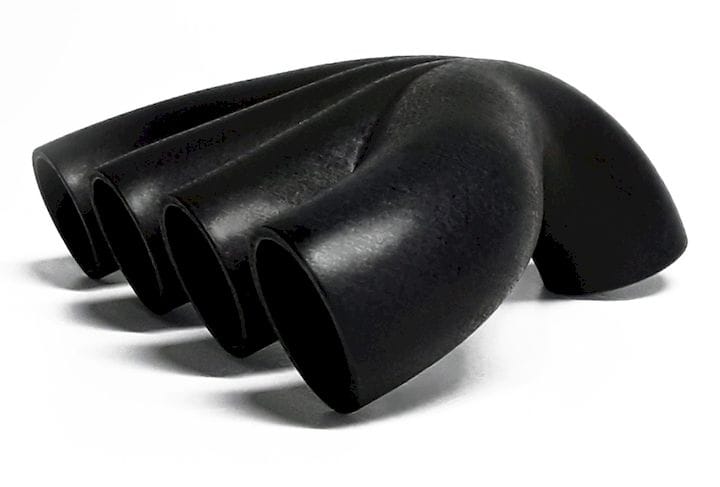![PostProcess Technologies has released results of their first annual survey on post-processing [Source: PostProcess Technologies]](https://fabbaloo.com/wp-content/uploads/2020/05/image-asset_img_5eb08f69b6952.jpg) PostProcess Technologies has released results of their first annual survey on post-processing [Source: PostProcess Technologies]
PostProcess Technologies has released results of their first annual survey on post-processing [Source: PostProcess Technologies]
PostProcess Technologies released the results of their first ever annual survey on use of post-processing in 3D printing.
Post-processing is the dark secret of 3D printing. The job is definitely not done when the 3D printer finishes its job. The raw print must almost always be processed in some fashion to arrive at a truly finished print.
The methods of post-processing vary considerably, and depend on the type of 3D printing process involved. It could include washing, baking, tumbling, painting, gas treatment, or other techniques.
Post-Processing Survey
US-based PostProcess Technologies produces a line of equipment to address many of the most common post-processing needs, although they do not sell 3D printers themselves.
I was quite interested when I learned the company had performed a survey, as there really has not been a widely distributed survey on the topic of post-processing released to the public previously, at least not that I have seen.
I obtained a copy of the report and here are my highlights and thoughts.
Post-Processing Time is Too long
Yes, this is definitely a major concern. While 3D printers may take a long time to complete their work, the sometimes-manual post-printing activities can occupy much more labor than 3D printing itself.
These steps add to the delivery time for printed components, and that’s never good for any client base.
The second most frequently encountered issue is that the post-processing consistency is inadequate. In many cases clients require low-volume quantities of parts in near identical condition, and if the post-processing steps can’t guarantee that to happen, it’s not a good situation.
Half Of Companies Use More Than One 3D Print Process
This is quite surprising. It suggests that a big chunk of PostProcessing Technologies’ respondents operate multiple types of 3D printers.
Service bureaus have been increasingly doing this, as they attempt to be a “one-stop shop” for clients requiring things made. Even more interesting is that a third of respondents use “Over 4” 3D print processes!
Half Use More Than Three Post-Processing Processes
I suppose this is not surprising, given the fact that the responding base tends to operate multiple 3D printer processes. However, it still demands the companies use many different post-processing techniques. And PostProcessing’s respondents don’t seem to include a few metal 3D printing operations, which would add even more to the mix.
Support Removal Is The Most Frequently Seen Process
I’m totally not surprised at this. Almost every non-powder 3D printing process employs support structures, which are usually quite annoying to deal with. I’m a big fan of soluble support material, which can quietly dissolve without human attention, but in some cases that’s not possible.
What is quite surprising is that only 6% of PostProcess Technologies’ respondents see color dyeing as the most frequently seen process. I would have thought this more important, as in a nylon 3D printing operation that should be common. Perhaps it’s not and thus users of nylon equipment are simply producing raw parts for clients.
PostProcess Technologies say they intend on redoing this survey on an annual basis, so it should be interesting to observe trends in the future.
I suspect as the popularity of 3D printing grows, there will be more pressure on 3D printer manufacturers, material producers and other equipment providers to invent new, more powerful post-processing solutions to get at one of the most nefarious issues in the space.

